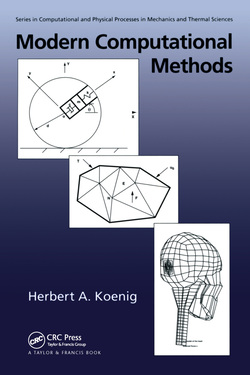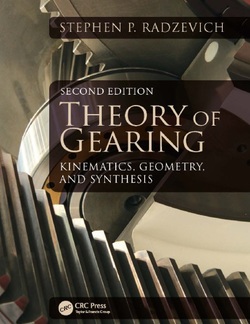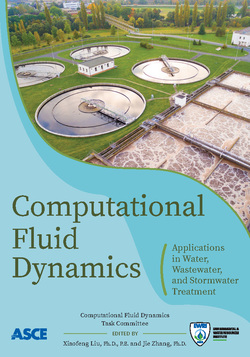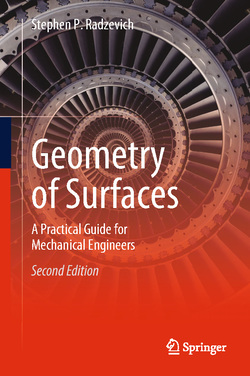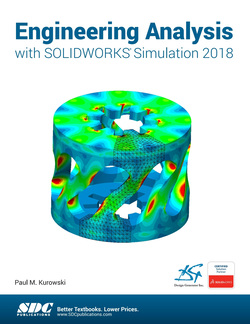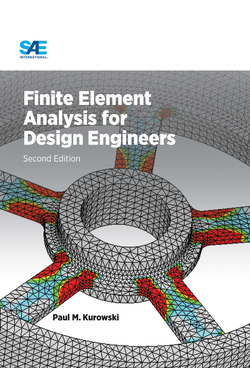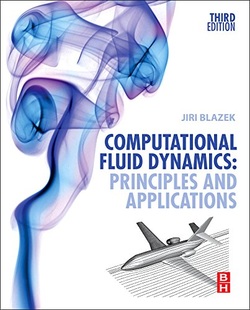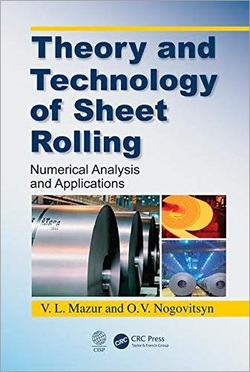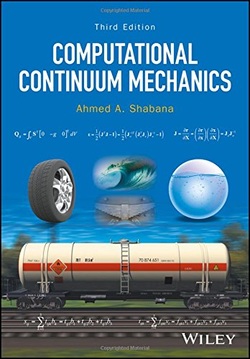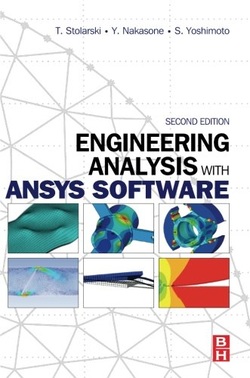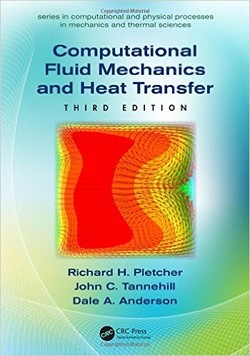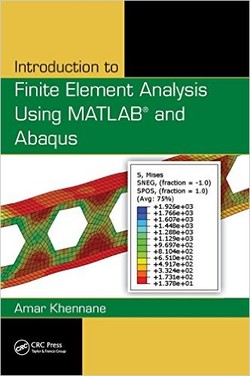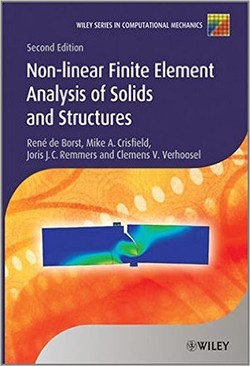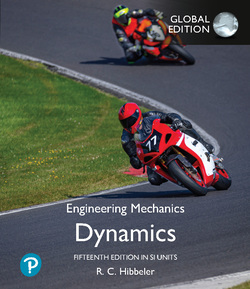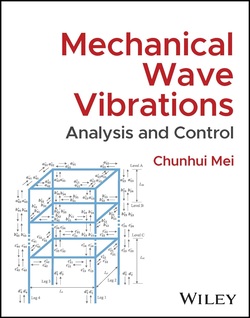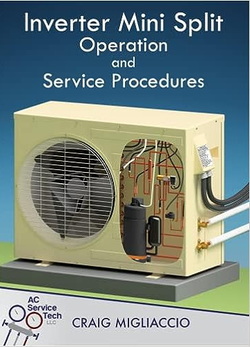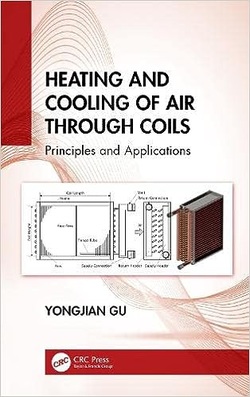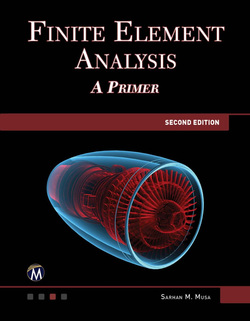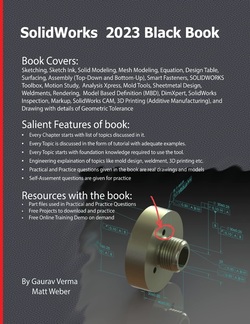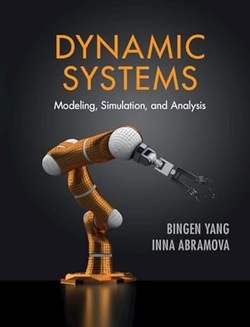تجزیه و تحلیل تعلیق و هندسه محاسباتی
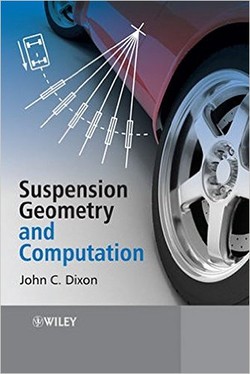
John Dixon در کتاب “تجزیهوتحلیل تعلیق و هندسه محاسباتی” با آشکارساختن روشهای طراحی هندسه تعلیق در جزئیاتی بینظیر، نشان میدهد که چگونه خواص تعلیق مانند bump steer، roll steer، bump camber، compliance steer، roll centres و roll centreها توسط این مهندس حرفهای، تحلیل و کنترل میشوند.
این کتاب بر درک فیزیکی پارامترهای تعلیق در سه بعد و روشهای محاسبه آنها، استفاده از نمونهها، برنامهها و بحث درباره مسائل محاسباتی، تاکید میکند. رویکرد تحلیلی و طراحی بهکارگرفتهشده، ترکیبی از توضیحات کیفی برای درک فیزیکی، با تحلیل جبری ضرایب خطی و غیرخطی و مباحث دقیق شبیهسازیهای کامپیوتری و روشهای برنامهریزی مرتبط، میباشد.
این کتاب بر درک فیزیکی پارامترهای تعلیق در سه بعد و روشهای محاسبه آنها، استفاده از نمونهها، برنامهها و بحث درباره مسائل محاسباتی، تاکید میکند. رویکرد تحلیلی و طراحی بهکارگرفتهشده، ترکیبی از توضیحات کیفی برای درک فیزیکی، با تحلیل جبری ضرایب خطی و غیرخطی و مباحث دقیق شبیهسازیهای کامپیوتری و روشهای برنامهریزی مرتبط، میباشد.
سال انتشار: 2009 | 434 صفحه | حجم فایل: 7 مگابایت | زبان: انگلیسی
Suspension Analysis and Computational Geometry
نویسنده
John Dixon
ناشر
Wiley
ISBN10:
0470510218
ISBN13:
9780470510216
قیمت: 16000 تومان
برچسبها: Revealing suspension geometry design methods in unique detail, John Dixon shows how suspension properties such as bump steer, roll steer, bump camber, compliance steer and roll centres are analysed and controlled by the professional engineer. He emphasizes the physical understanding of suspension parameters in three dimensions and methods of their calculation, using examples, programs and discussion of computational problems. The analytical and design approach taken is a combination of qualitative explanation, for physical understanding, with algebraic analysis of linear and non-linear coefficients, and detailed discussion of computer simulations and related programming methods.
Includes a detailed and comprehensive history of suspension and steering system design, fully illustrated with a wealth of diagrams
Explains suspension characteristics and suspension geometry coefficients, providing a unique and in-depth understanding of suspension design not found elsewhere.
Describes how to obtain desired coefficients and the limitations of particular suspension types, with essential information for suspension designers, chassis technicians and anyone else with an interest in suspension characteristics and vehicle dynamics.
Discusses the use of computers in suspension geometry analysis, with programming techniques and examples of suspension solution, including advanced discussion of three-dimensional computational geometry applied to suspension design.
Explains in detail the direct and iterative solutions of suspension geometry.

